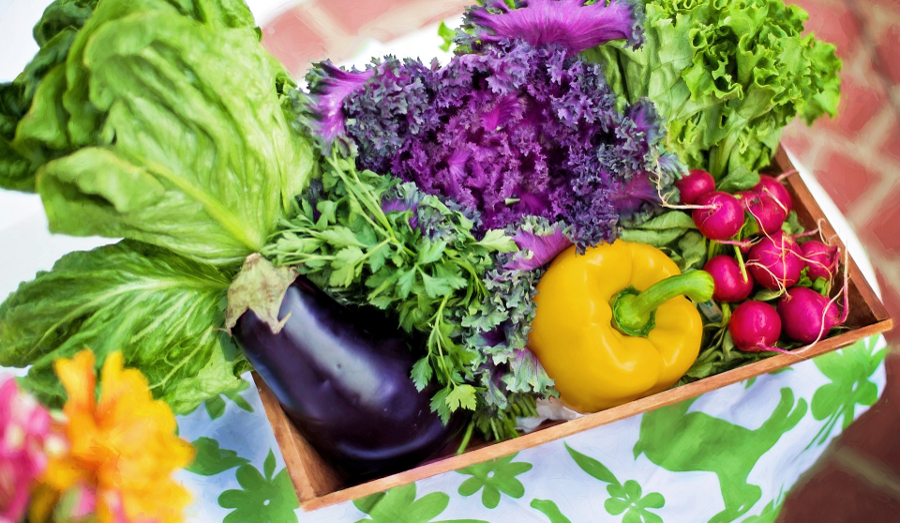Fall is here, and with it come colder temperatures and less sunlight. The long summer nights are now gone, and nightfall comes earlier and earlier every day. For gardeners this time of year is bittersweet, as we’re reaping the rewards of our summer labor, but we know that harvest time will soon come to an end as the growing season winds down. But there are ways to maximize your garden’s output and ensure that you can continue to reap nature’s bounty even as the weather gets cooler and the days get shorter.
1. Sow Cold Season Crops
Tomatoes, peppers, and similar plants are highly dependent on sunlight and warmth to grow, fruit, and ripen. But there are numerous other plants that love cool weather. Greens, radishes, and root crops grow well in cool weather, and some even continue to grow after the first frost.
2. Cold Frames
Cold frames are a transparent piece of glass or plastic that is placed over a garden bed to allow sunlight in to allow plants to warm. The plastic or glass can be raised to allow airflow to keep plants from overheating. Cold frames are a great option for those gardening in raised beds, as they can easily be retrofitted to existing beds.
3. Mini-Greenhouses
There are numerous plans floating around the internet for mini-greenhouses. They can be permanent structures made of glass or plexiglass, or temporary structures consisting of metal frames covered with plastic sheeting. The size and cost of building these will depend on what crops you grow, but they can help extend your growing season or, if more permanent, enable you to grow crops that you otherwise might not be able to in your climate.
4. Control Your Microclimate
Just paying attention to the weather forecast isn’t enough. Your particular location may have a physical layout that makes you more susceptible to frost, wind, or low temperatures. One of the most important ways to control your microclimate is by protecting your plants from wind. Build wind barriers to make sure that cold fall winds don’t chill your garden.
5. Harness Sunlight and Water
Looking back through history we see examples of how other cultures kept their plants warm. The pre-Incan civilizations in South America built ditches next to their crops then filled the ditches with water. During the day the water would absorb warmth from the sun. At night the water would release the warmth into the soil, keeping plant roots warmer than the air temperature. That allowed the Incas to grow crops at higher altitudes and for longer periods of time than the climate of the mountains otherwise would have allowed. With a little bit of ingenuity home farmers can do the same today.
This article was originally posted on Red Tea News.





